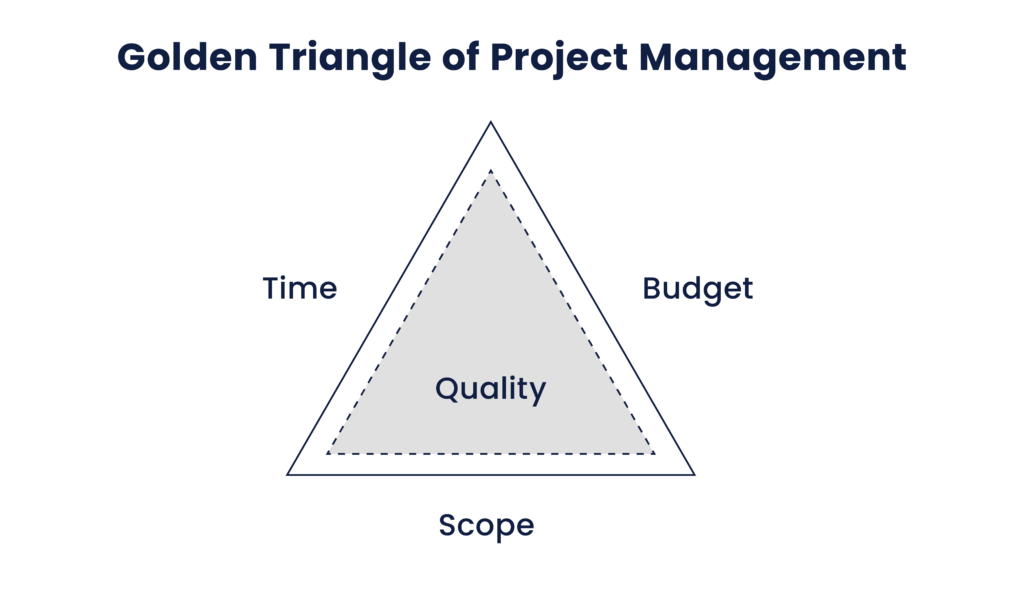
Technical input & supervision: Jacek Mazurek
Starting a project, especially in IT, is all about good planning and getting the work done right. Every project is its own kind of puzzle, and finding the right way to solve it matters a lot. Knowing about different ways of project management is like having a map to help you find your way. This guide is here to give you that map, showing you how to pick the best path for your project and make sure you end up where you want to be.
What is a Project?
Let’s start with basics: What is a project, actually? At its core, a project is a temporary endeavor with a defined beginning and end, undertaken to create a unique product, service, or result. Projects are characterized by their gradual development, requiring the formal engagement of resources to achieve anticipated benefits. Unlike routine operations, projects are defined by their non-repetitive nature, bringing about specific changes or adding unique value.
The Importance of Methodologies
In the realm of complex projects, having a structured and organized approach is not just beneficial—it’s essential. Methodologies serve to minimize risks, enhance the likelihood of success, and ensure resources are utilized effectively. They provide a blueprint for planning, executing, and finalizing projects, guiding teams through the intricacies of project delivery.
Project Management Overview
Project management encompasses the application of knowledge, tools, and skills to achieve the desired outcome. It focuses on delivering value, facilitating organizational change, and managing the project lifecycle, including initiation, planning, execution, monitoring, and closure.
The management scope covers several key components:
- Scope: Defining the goals and objectives.
- Time: Scheduling activities to achieve milestones and the overall objective.
- Budget: Allocating resources for project completion.
- Quality: Meeting the criteria for achieving goals.
- Resources: Utilizing technical, technological, human, and organizational assets.
- Communication: Ensuring effective information exchange within the team and with stakeholders.
- Risks: Identifying potential issues and devising countermeasures.

Golden Triangle of Project Management
Project Management Methodologies
Navigating through the diverse landscape of project management methodologies can seem like exploring a vast and complex terrain. Below, you can find the basic features as well as the advantages and disadvantages of the different methodologies.
Waterfall (Traditional)
The Waterfall methodology is a linear approach where each phase must be completed before the next begins, encompassing initiation, planning, execution, monitoring, and closure.
Pros: Simplicity in structure and ease of planning with well-defined stages.
Cons: Lack of flexibility and difficulty in accommodating changes without a change request (CR).
Agile
Agile methodologies focus on iterative and flexible development, prioritizing customer value delivery.
Pros: Adaptability and early value delivery.
Cons: Requires high team engagement and can be challenging for long-term planning.
Scrum
Scrum operates within timeframes known as sprints, including meetings like daily stand-ups, sprint planning, review, and retrospective.
Pros: Transparency of progress and adaptability to changes.
Cons: Demands strong team communication and focuses on short-term goals.
Kanban
Kanban emphasizes work visualization, limiting work in progress, and maximizing flow.
Pros: Flexibility, efficiency, ease of implementation, and productivity and quality enhancement.
Cons: Requires continuous oversight and full employee engagement.
Lean
Lean aims at waste reduction and value maximization for the customer by avoiding waste and focusing on learning, advocating for decision-making as late as possible.
Pros: Production waste reduction, efficiency, customer focus, and continuous improvement.
Cons: Improper implementation can lead to counterproductive outcomes.
SAFe (Scaled Agile Framework)
SAFe integrates Agile and Waterfall practices for implementing agile methodologies in large organizations, combining the roles, responsibilities, and planning processes.
Pros: High scalability and increased employee engagement.
Cons: High complexity and implementation costs.
Conclusion
The choice between traditional, agile, and hybrid methodologies hinges on the project’s requirements, team dynamics, and organizational goals. The key to effective project management lies in adapting the chosen methodology to meet the unique needs of the project. With the right approach, project managers can steer their teams to success, navigating the challenges and complexities of project execution with confidence and skill.
Struggling with identifying and implementing the right Project Management Methodology? Let’s connect and explore how we can help you keep your projects within scope, on time, and within budget.
See also
This website uses cookies. We use cookies to personalise content and ads, to provide social media features and to analyse our traffic. We also share information about your use of our site with our social media, advertising and analytics partners who may combine it with other information that you’ve provided to them or that they’ve collected from your use of their services.